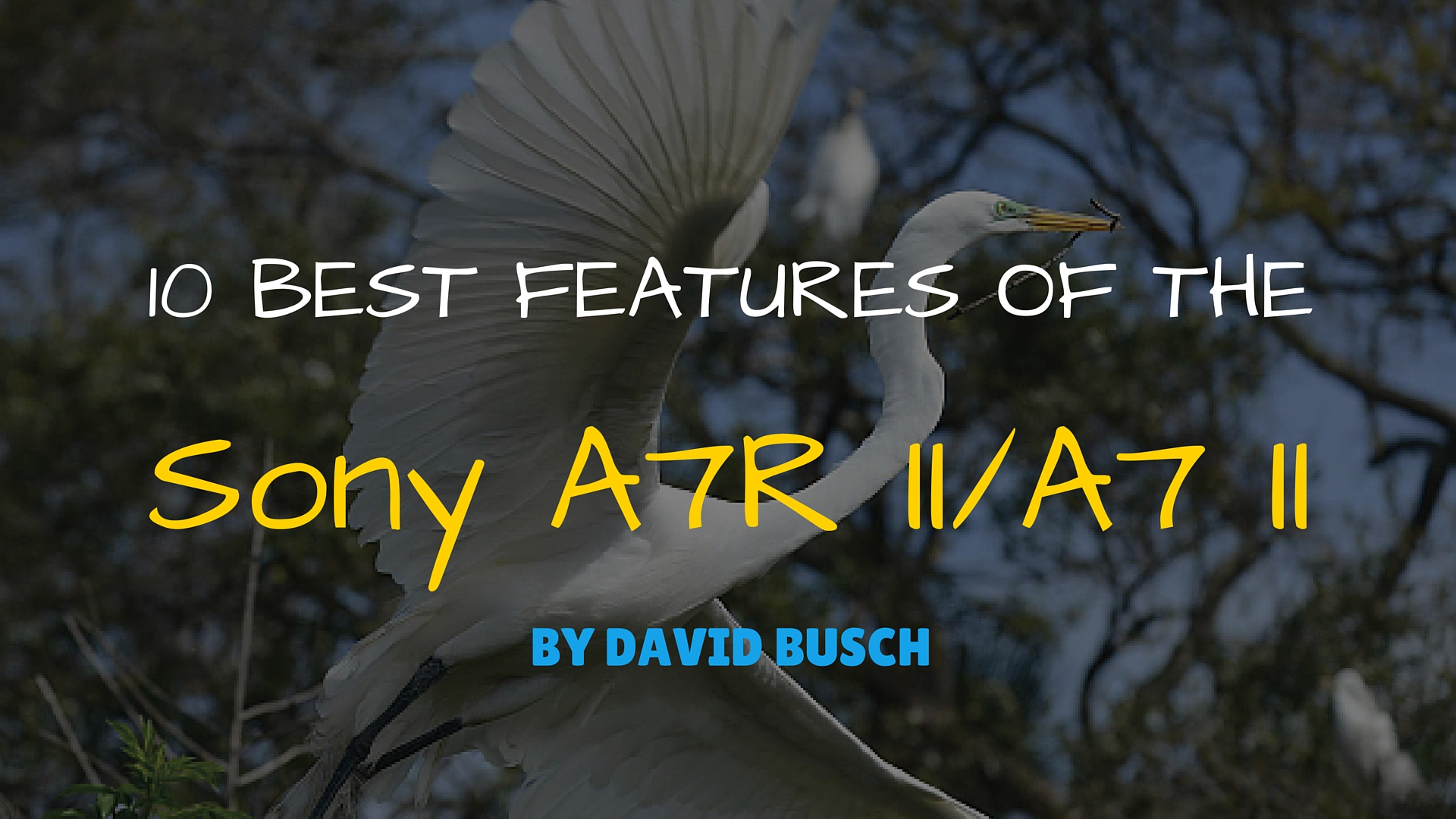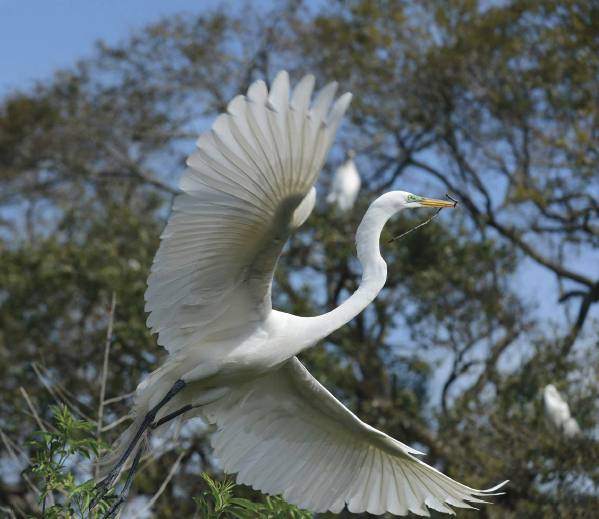10 Best Features of the Sony A7R II and A7 II December 17, 2015 – Posted in: Photography – Tags: best features of the sony a7r, david busch, Photography, sony a7, sony a7r, sony a7r II
Since camera manual author and guru David Busch began using the original a7R in late 2013, Sony’s full-frame mirrorless cameras have made it to the top of his favorites list for a number of reasons. Today we’re going to explore his 10 best features of the a7R II/A7 II in hopes to get you excited about his forthcoming, highly anticipated guide, David Busch’s Guide to Sony A7r II/ A7 II Digital Photography.
10 Best Features of the Sony A7R II and A7 II
-
Phase detect AF. Surprise! The a7R II’s astonishing 42.4-megapixel resolution is not the most significant aspect of the Mark II models. My favorite feature is the superb autofocus accuracy and speed afforded by the hybrid autofocus system, which uses 399 embedded AF pixels (in the a7R II) or 117 AF pixels (in the a7 II) to initiate AF at lightning speed, followed by precise contrast detect fine-tuning. To understand why that’s important, you need to consider that the largest image capture bottleneck in most mirrorless cameras (and in dSLRs in “mirrorless” Live View mode), is the crippling slowness of conventional contrast detect AF.
When focusing using the image captured by the sensor alone, a camera must tediously examine the edge contrast of parts of the subject and, frequently, hunt back and forth until the highest contrast (sharpest) image is found. Many mirrorless cameras use nothing but contrast detection, and even optimized systems may not be as speedy in achieving focus as the slowest dSLR that relies on phase detection. The chief advantage of contrast detect AF is that focus isn’t restricted to a small set of AF sensors, as well as the system’s relative simplicity.
The a7R II’s back-illuminated Exmor R CMOS sensor has 399 phase detection AF points embedded within its full frame and the a7 II has 117 such points. That means the cameras can use rangefinder-like phase detection to achieve focus much more quickly, up to 40 percent faster than the previous model, according to Sony. “Hunting” isn’t necessary; by examining the AF points, the camera knows instantly which direction to focus, and exactly how much of an adjustment to make. This superior phase detect AF can bring the cameras up to the level of premium dSLR cameras in terms of autofocus. Challenging subjects, such as birds in flight (see Figure 1) can be captured easily. An additional 25 contrast detection zones are also used as required in Sony’s Fast Hybrid system.
-
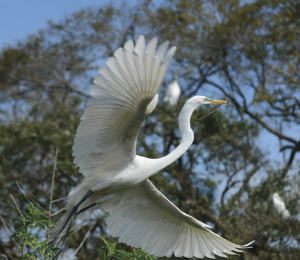
Figure 1. Even birds in flight are no problem for the a7 II–series AF systems.
Five-axis image stabilization. Sony introduced 5-axis SteadyShot IS with the 24 MP a7 II, and followed with the 42 MP a7R II and video-friendly 12 MP a7S II. It’s an in-body system that works with virtually every lens (and can hand off some stabilization chores to lenses with optical image stabilization when appropriate). The system makes adjustments along the x and y axes, and compensates for pitch, roll, and yaw, too. (In plain English, x and y movement of the camera is along the focal plane in the left/right, up/down directions, respectively; pitch is tilting the camera up or down; roll is rotating the camera along a line passing through the center of the lens; yaw is rotating the camera from side to side along the axis of, say, the tripod socket.) Depending on camera movement, any one of these or any combination may occur as you frame and shoot.
This enhanced SteadyShot should give you a conservative minimum of two or three stops (i.e., you can shoot at 1/30th second where 1/250th second might have been required before), and potentially much more. (Keep in mind that IS does nothing to prevent subject blur.) Since the a7 II–series cameras are so compact and light in weight, the ability to use them without a tripod in many situations is a significant advance.
-
Low-light performance. The a7 II has great low-light performance, which you’d expect from a full-frame camera with large pixels. But the a7R II, which packs 18 MP more pixels into the same (roughly) 24mm × 36mm space has even better low-light characteristics. As I explain in Chapter 1, Sony pioneered back-illuminated sensor technology, and cleverly applies it to the new a7R II, making images like the one shown in Figure 2, taken at ISO 12800, possible.
With conventional sensors, the matrix of photosites and the “wiring” they require reflect some of the light striking them, preventing that illumination from reaching the photosensitive layer that actually captures the image. For a back-illuminated sensor, the order of the layers is reversed, so the illumination falls directly on the photosensitive elements, with the matrix and wiring relegated to the reverse side. That allows the sensor to use virtually 100 percent of its area to capture light, making it more sensitive. There is no optical low-pass “blurring” filter in front of the a7R II’s sensor (the a7 II still has one). That enhances resolution (but you may need to remove moiré manually).
This configuration provides three benefits. Sony has been able to squeeze 42.4 megapixels onto a 24mm • 36mm sensor without needing to reduce their size as much as would be required with a conventional sensor. That translates into improved sensitivity, too. The a7R II should provide improved image quality at ISO settings up to 25600. If you’re willing to accept a little noise, photography at the equivalent of ISO 102400 is possible as well.
The back-illumination configuration also allows improving the wiring on the back of the sensor (because there is no longer any concern about its interfering with light gathering), such that Sony says data transmission can occur up to 3.5X faster than with the original a7R. An anti-reflective coating on the surface of the sensor helps improve light gathering—and also should reduce problems you might face from light bouncing off the sensor, and then bouncing back from the rear elements of your lenses (frequently older, pre-digital lenses).
Don’t expect the a7R II to rival the current a7S for the low-light championship, but the results should be good. Best of all, you won’t need to make some difficult choices about bumping up the ISO while reducing image quality. You should be able to have some cake and eat it, too.
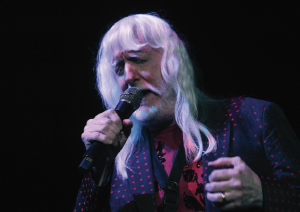
Figure 2. ISO settings of 12800 or higher can yield relatively noise-free images.
-
Lens versatility. The a7 II–series cameras can be used with an astounding number of lenses from many different vendors. There is a growing number of FE/E-mount lenses, and many A-mount lenses (including sharp, low-cost Minolta optics) that can be used while retaining autofocus and autoexposure features when mounted on adapters. Some have found that, given the right adapter, Canon lenses function just as well on a7 II–series cameras as they do on native Canon dSLRs. As I write this, automatic Nikon adapters are on the way as well. If that weren’t enough, just about any lens from any vendor can be mounted on your camera and used in manual focus mode, with either Aperture Priority autoexposure or Manual exposure.
-
Resolution. Not too long ago, the 24 MP resolution of the a7 II was at the top end of the scale, because the most popular cameras had resolutions of 12 MP to 18 MP. Today, 24 MP is routine, and the 42.4 MP found in the a7R II is the most of any mirrorless camera. Either camera allows a great deal of cropping without sacrificing much image sharpness. Figure 3 shows just how much sharpness we can routinely come to expect.
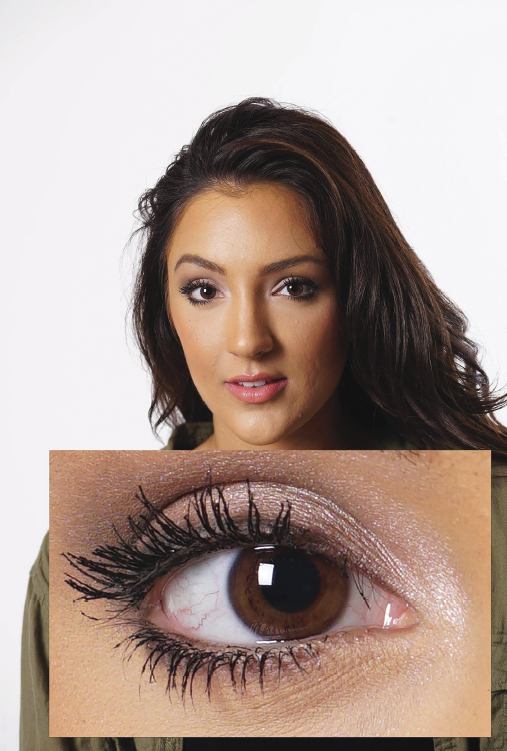
Figure 3 Full-frame shot and a 9.5X enlargement (inset).
The full, uncropped image was captured using the Sony 70-200mm f/4 lens at f/11 from about 12 feet in a studio using an Alien Bees flash. (I didn’t crop out the extra image area above the model’s head in order to provide the full 3:2 aspect ratio image.) The inset shows my subject’s right eye, enlarged 9.5X. That extreme blow-up still displays exquisite sharpness. I could easily make a 30 × 40-inch print from the full image that would stand up to close viewing.
Even better, the high resolution of the a7 II and a7R II allow you to crop tightly to transform virtually any lens into a macro lens. With close-up photography, selective focus and emphasis on fine details or textures often takes precedence, as shown in a shot of a blue and yellow macaw in Islamorada, Florida. (See Figure 4.)
I wanted to isolate this macaw against a busy background; I used my Sony 70-200mm f/4 lens at 200mm to capture the bird from a distance of about 40 inches, wide open at f/4 and 1/800th second at ISO 200. As you can see from the inset, this lens can be used as a great macro lens, too. The telephoto let me keep my distance from the macaw (it was more likely I’d get bitten than frighten the bird), while the wide open aperture and lovely bokeh of this lens de-emphasized the background. And for this “macro” shot, no tripod was required. The fast shutter speed and the camera’s 5-axis image stabilization was all I needed for a sharp image.
-
A free telephoto extender. In Super 35/APS-C mode (with the a7R II) or APS-C mode (with the a7 II), you can gain a little telephoto “reach” to capture images using the 1.5X crop to your advantage (you’ll find more on that in Chapter 12). Although my 70-200mm f/4 lens got a lot of use, sometimes an opportunity arose where that lens wasn’t available. I was wading in the Atlantic Ocean, photographing the shoreline with my a7R II and 24-70mm f/4 Zeiss Vario-Tessar FE 24-70mm f/4 when I encountered the heron shown in Figure 5. As you can see from the slightly cropped main image at left, I really was able to get no closer than about 50 feet from the bird at Long Key State Park in the Florida Keys before it began to display skittish tendencies. I was already knee-deep in murky water, so I shot away. Back at my Winter “headquarters,” I was pleased to see that 42 megapixels were plenty to allow some judicious cropping. Exposure was about 1/800th second at f/5.6 at ISO 100 and image stabilization was active. I can’t remember whether I was more concerned about my feathered friend flying away, or slipping and giving my mirrorless camera a salt-water bath.
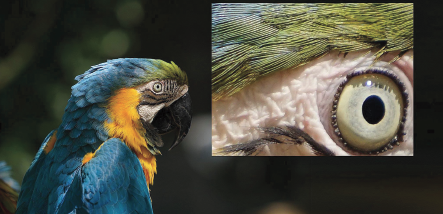
Figure 4 A close-up taken 40 inches from the subject.
-
4K video (a7R II only). Videographers will like the ability to shoot and record 4K video in multiple formats, including Super 35mm (without pixel binning) and full-frame format, a world’s first for mirrorless digital still cameras. While full HD (1920 • 1080) has had a good run, ultra HD (UHD) is appearing on more and more consumer televisions, and the ability to shoot 4K video is becoming more alluring for both amateur movie-making and professional videographers.
-
Less shutter shake. The original Mark I series cameras, especially the a7R, were plagued by blur caused by vibration/bounce induced by the physical shutter. The Mark II cameras have improved shutters with 50 percent less vibration, and (with the a7R II) a truly Silent Shooting mode. The optional electronic first-curtain shutter found in both cameras can further reduce shutter shake. Coupled with 5-axis image stabilization, you’re likely to encounter blur from camera/lens movement only at shutter speeds longer than 1/8th second.
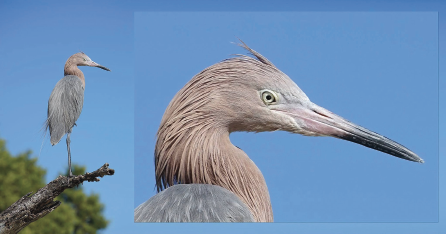
Figure 5 Cropping an image provides extra telephoto “reach.”
-
Love that view. The XGA 2,359,296-pixel organic light emitting diode (OLED) viewfinder now boasts a 0.78 magnification, and the 1.2 MP rear-panel LCD remains for previewing/ viewing images on the monitor. It’s hard to explain just how valuable that 0.78X magnification is until you’ve actually peered through the viewfinder. The a7 II–series cameras are the first I’ve seen where the EVF truly is as good as optical viewfinders, which rarely offer a view as big and bright as that found in these Sony cameras. When you add in features like focus peaking and focus assist magnification (explained in Chapter 8), the EVF view is actually better for manual focusing.
-
Wi-Fi and NFC. Wi-Fi connectivity and Near Field Communications make communicating with your favorite Android and iOS devices easy. Not interested in uploading your images to your phone or tablet? There’s a lot more you can do with Wi-Fi/NFC than you might have thought of. For example, remote shooting, with the preview image shown on your phone/ tablet’s screen allows stealthy photography. You could, for example, set up your camera near a hummingbird feeder, and trigger a shot while maintaining a distance that won’t frighten the tiny birds. Or, use a time-lapse app to take a series of photos that show the blossoming of a bud into a flower. Sony is introducing new apps for your a7 II–series camera all the time, so you may be surprised by some of the new features that can be added to your camera.
Want to learn more? View David Busch’s Guide to Sony A7r/ A7II digital photography now!
Or, sign up below to get an exclusive email and coupon code when the book is available for purchase!

